Article: How to Effectively Disinfect Your Beauty Tools
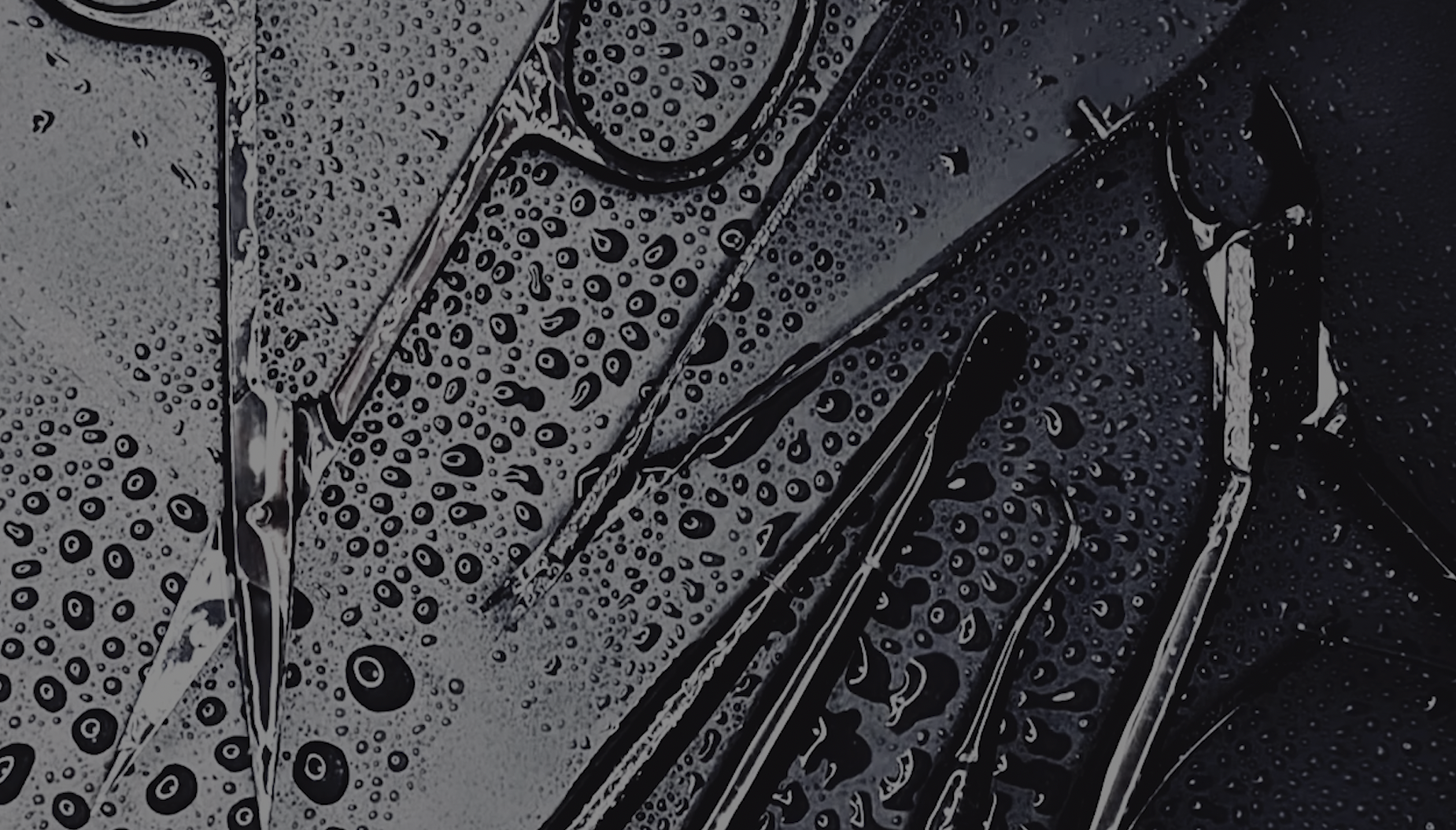
How to Effectively Disinfect Your Beauty Tools
In the world of luxury and high-end beauty, maintaining impeccable hygiene standards is a non-negotiable. At Labology 3, we understand the importance of best practices when it comes to disinfecting your beloved beauty tools. We follow the HABIA AKA Hair & Beauty Industry Authority standard. It’s the most scientifically robust standard which borrows its hygiene practices from the medical and food industry. Naturally, it's a standard that we believe every manicurist, hairdresser, makeup artist and beauty professional should follow, especially whilst the beauty industry remains unregulated.
In this blog post, we will guide you through our three essential steps:
- Scrub
- Disinfect
- Protect
These vital measures not only guarantee optimal performance and care for your tools, but also safeguard the well-being of both you, the professional, and your cherished clients.
Step 1: Scrub - Removing Debris.

To begin the process, it is crucial to thoroughly scrub your beauty tools. Start by soaking them in gentle detergents that effectively lift away debris and impurities, which otherwise block your disinfectant from working. Gently scrub the tools to ensure no residue remains, and then rinse with water to eliminate any active residue that could interfere with the disinfection process, and can sometimes damage your tools.
Step 2: Disinfect - Eliminating Germs.
Disinfection is the key step in maintaining a safe and hygienic beauty routine. This is especially important for multi-use tools where germs can transfer from one client to another. Our all-purpose, natural antibacterial cleansing water is a registered biocidal product specifically designed for sensitive individuals and the fast-paced beauty professional. With a quick spray and a maximum contact time of 2 minutes, it eliminates 99.9999% of bacteria, including notorious culprits like Pseudomonas Aeruginosa (the cause of "nail greenies"), Cutibacterium Acnes (the cause of bacterial acne) and MRSA. It also combats 99.99% of fungi and viruses, including Norovirus and even the current global concern, Covid-19 on surfaces, without the need to wear PPE. Also, it has been tested and approved in EN categories for use on medical devices and tools. After the 2 minute contact time rinse it off with water before proceeding to step 3.
Using alcohol for disinfection?
While our hygiene water is an ideal choice, some professionals may opt for 70-90% isopropyl or ethyl alcohol as a disinfectant. Please note that while alcohol is effective against many pathogens, it is not sufficient against blood-borne viruses or spores. This means if the tool is contaminated with blood or other bodily fluids alcohol should not be used. Alcohol also requires a minimum contact time of 5 minutes with your tools fully submersed, unfortunately making alcohol wipes insufficient for proper disinfection as it tends to evaporate before it completes elimination.
What about traditional blue disinfectants or bleach?
Additionally, traditional blue disinfectants or bleach can be considered, but one must exercise caution with their concentration levels. Improper dilution can lead to metal corrosion. You should follow the manufacturers contact time and directions for use and you will need to ensure you're wearing PPE. Typically these sort of products can pollute indoor air quality, contaminate our water supply and are harmful to aquatic life making them the least favourable choice for the discerning and environmentally-caring beauty professional, nevermind your clientele.
Regardless of the disinfectant chosen, rinsing tools with water after the appropriate contact time is essential.
Step 3: Protect - Thorough Drying and Correct Storage.
The final step involves protecting your disinfected tools. After disinfection, ensure thorough drying with a clean, dry cloth. Pay special attention to crevices and joint boxes, where moisture can accumulate. From time to time you may need to lubricate the joints to keep them moving well. Proper storage is essential to maintain the integrity of your tools. If working on set, lay them out on sanitised and/or lined trays or surfaces. When storing them away, we recommend storing them in clean, lined drawers, away from humid environments. Avoid using ziplock bags or airtight cases, as they may trap moisture and lead to rusting or microbial growth.
By following our three essential steps of "Scrub, Disinfect, and Protect", you can uphold the highest standards of hygiene for your beauty tools and work. Labology 3 is committed to providing you with the best in hypoallergenic and biodegradable hygiene, ensuring both performance and safety. Elevate your beauty routine with our recommended practices and enjoy the peace of mind that comes with maintaining the utmost cleanliness in your craft.
Remember, best practices lead to the best performance. Your tools, and clients, deserve nothing less.
featured product
You might like to try
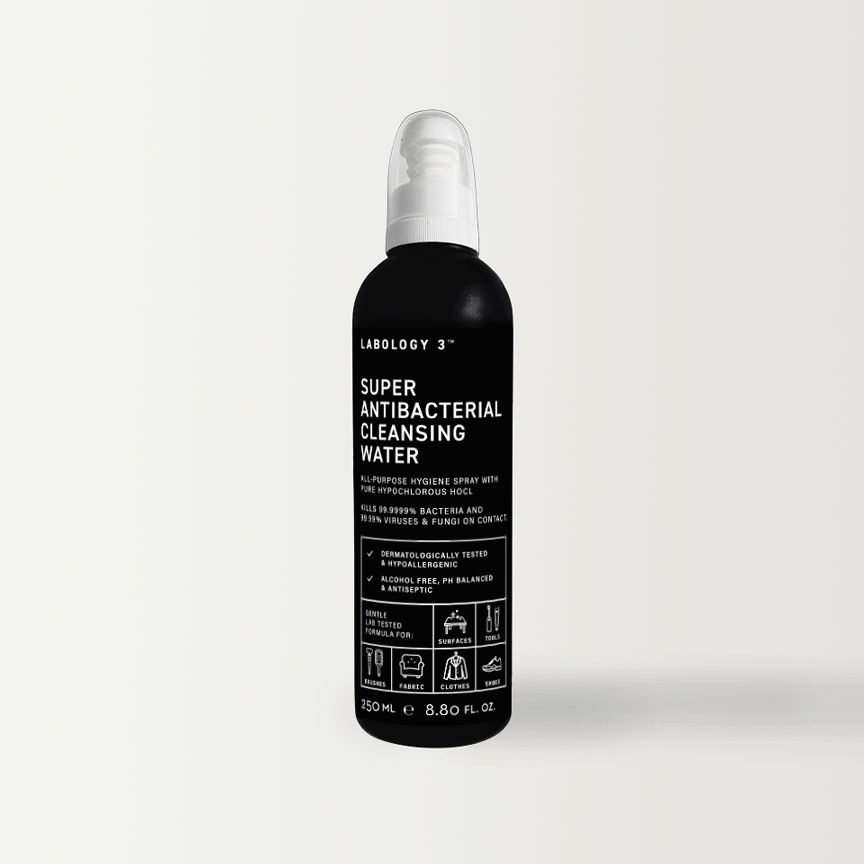
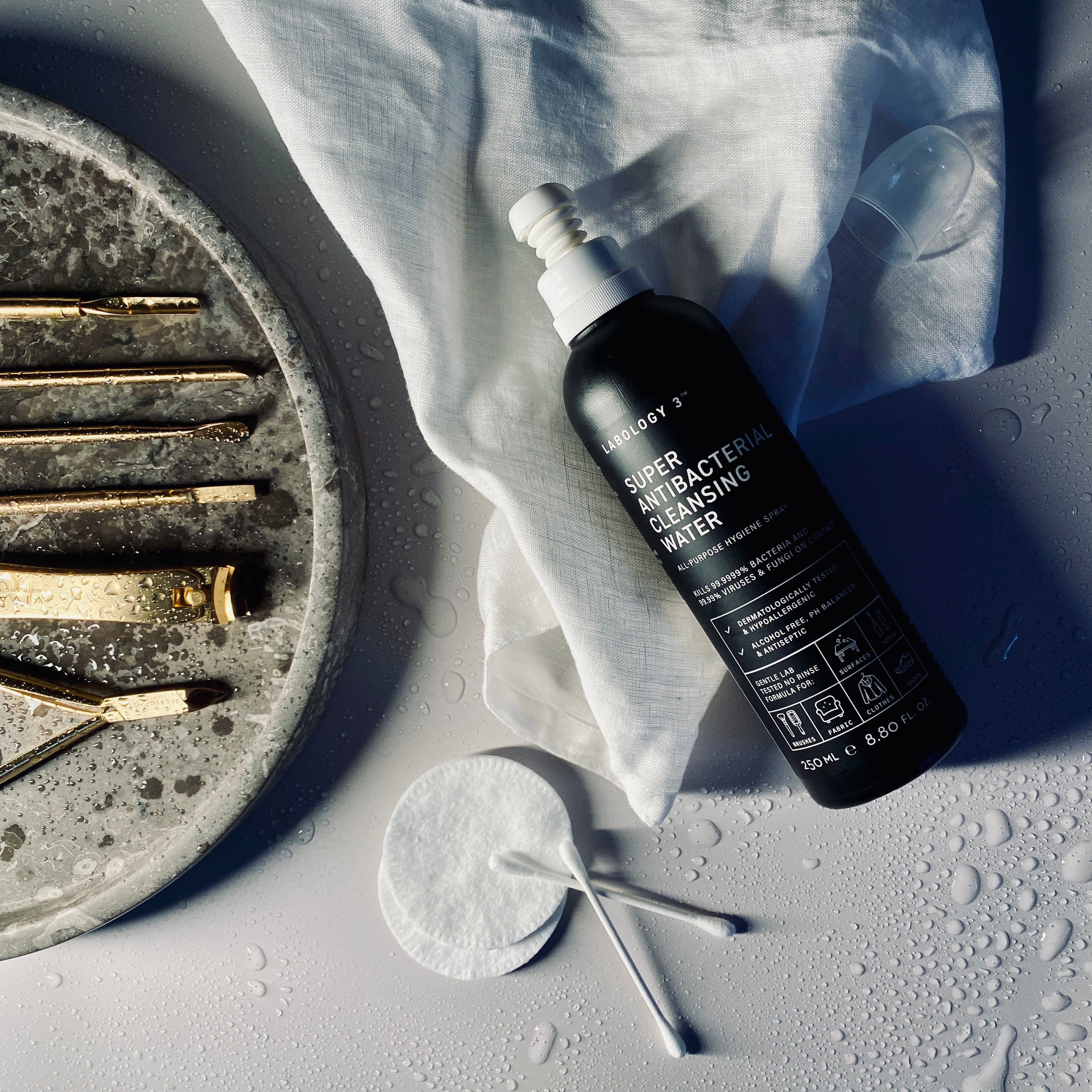
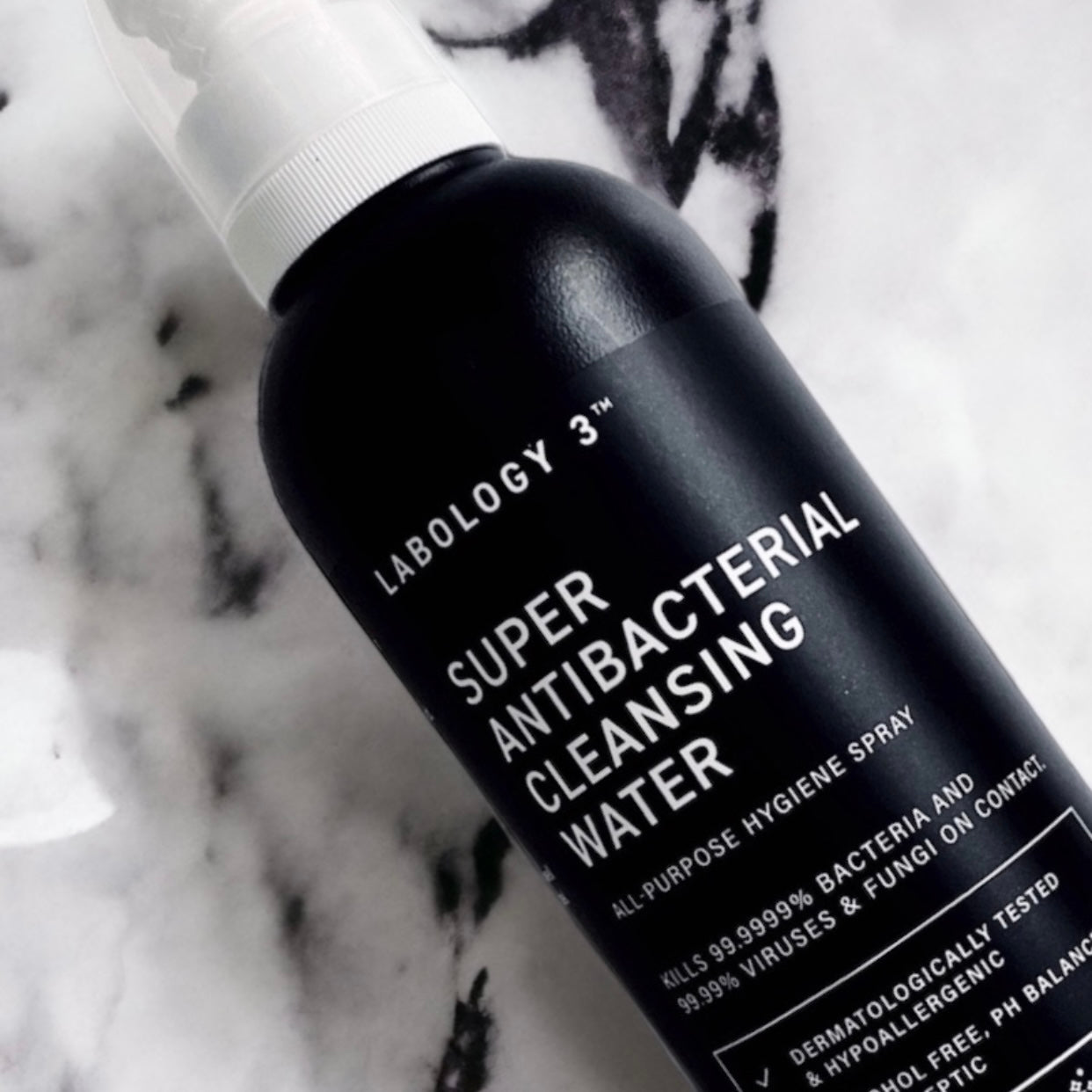
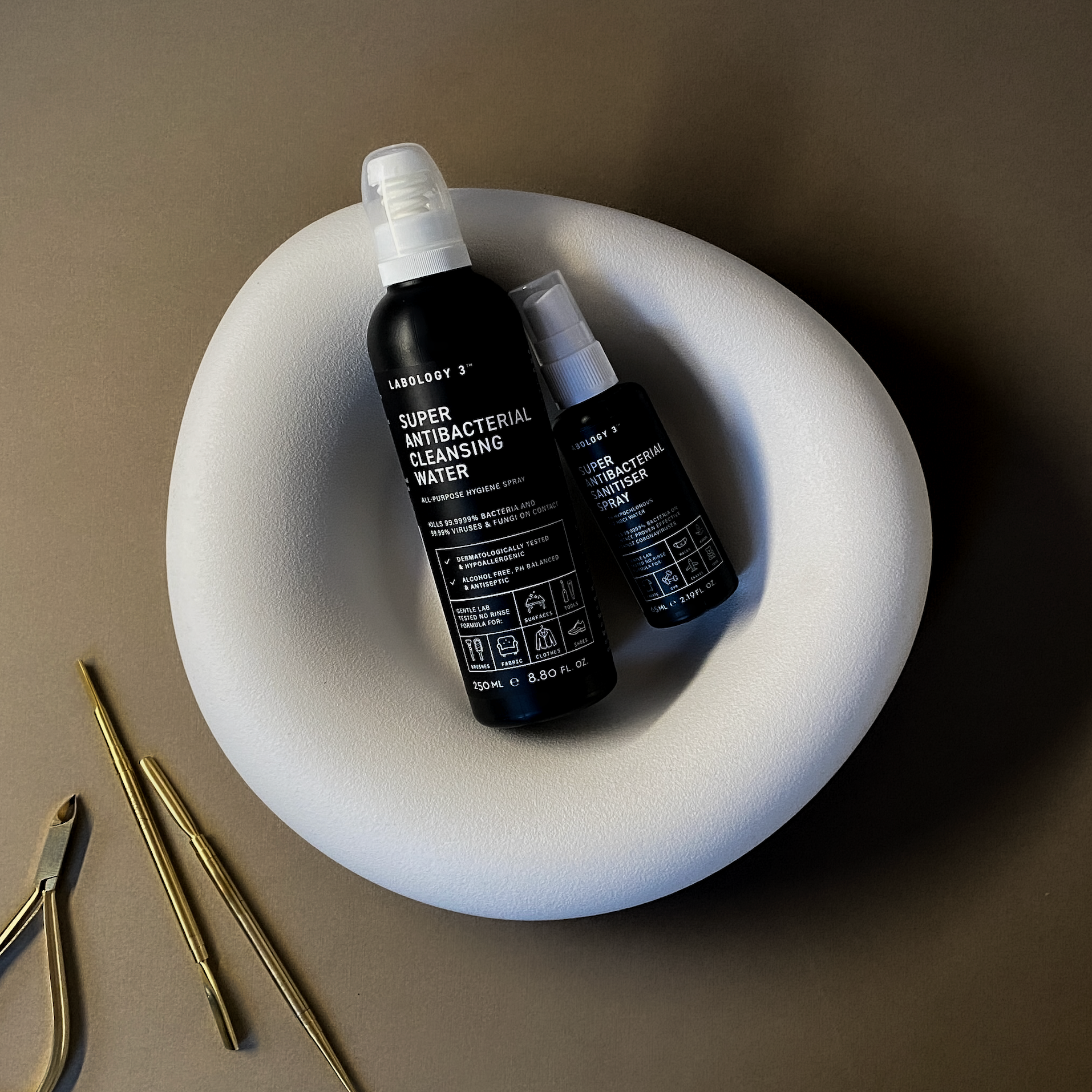
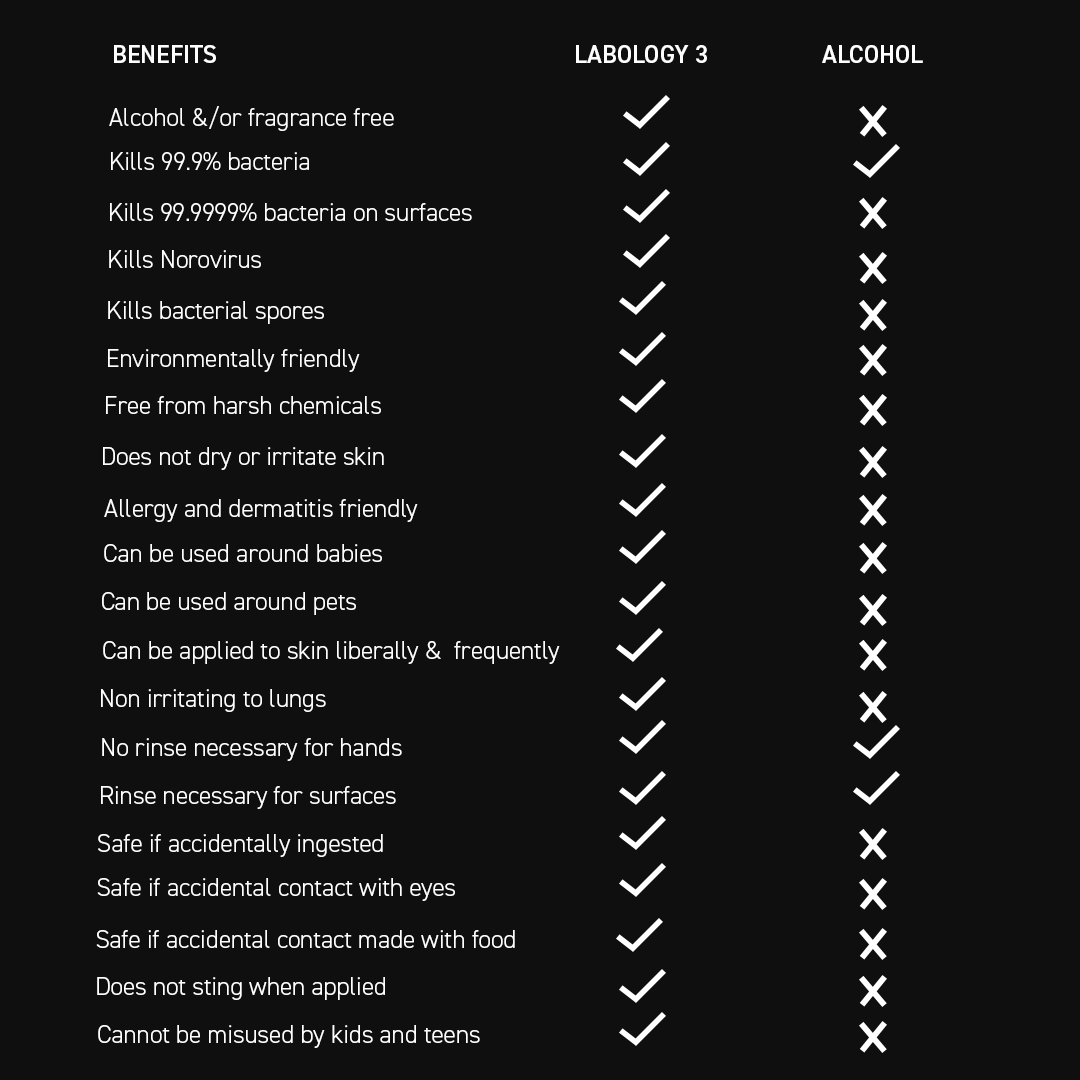
Elevate your beauty hygiene standards with The Big Bottle of our highly coveted Super Antibacterial Cleansing Water. Natural, biodegradable, hypoallergenic and alcohol-free it's the ultimate disinfectant solution for the modern-day beauty professional. The 250ml all-purpose cleansing water is designed to quickly and effectively disinfect your surfaces and work tools, eliminating 99.9999% bacteria and spores and 99.99% fungi and viruses in seconds, allowing you to provide the best level of care to your clients.
Crafted with the highest standards of safety and hygiene in mind, this cleansing water is compliant with the Biocidal Product Regulation meeting 21 EN categories, including EN 14348 for medical instruments. Loved by luxury and celebrity manicurists alike for its gentle yet quick cleaning action that feels just like water, it's fragrance-free and free from harsh chemicals, making it safe for even the most sensitive skin and lungs. Compared to wipes, alcohol-based sanitisers and traditional blue disinfectants it's so much kinder to the environment too.


